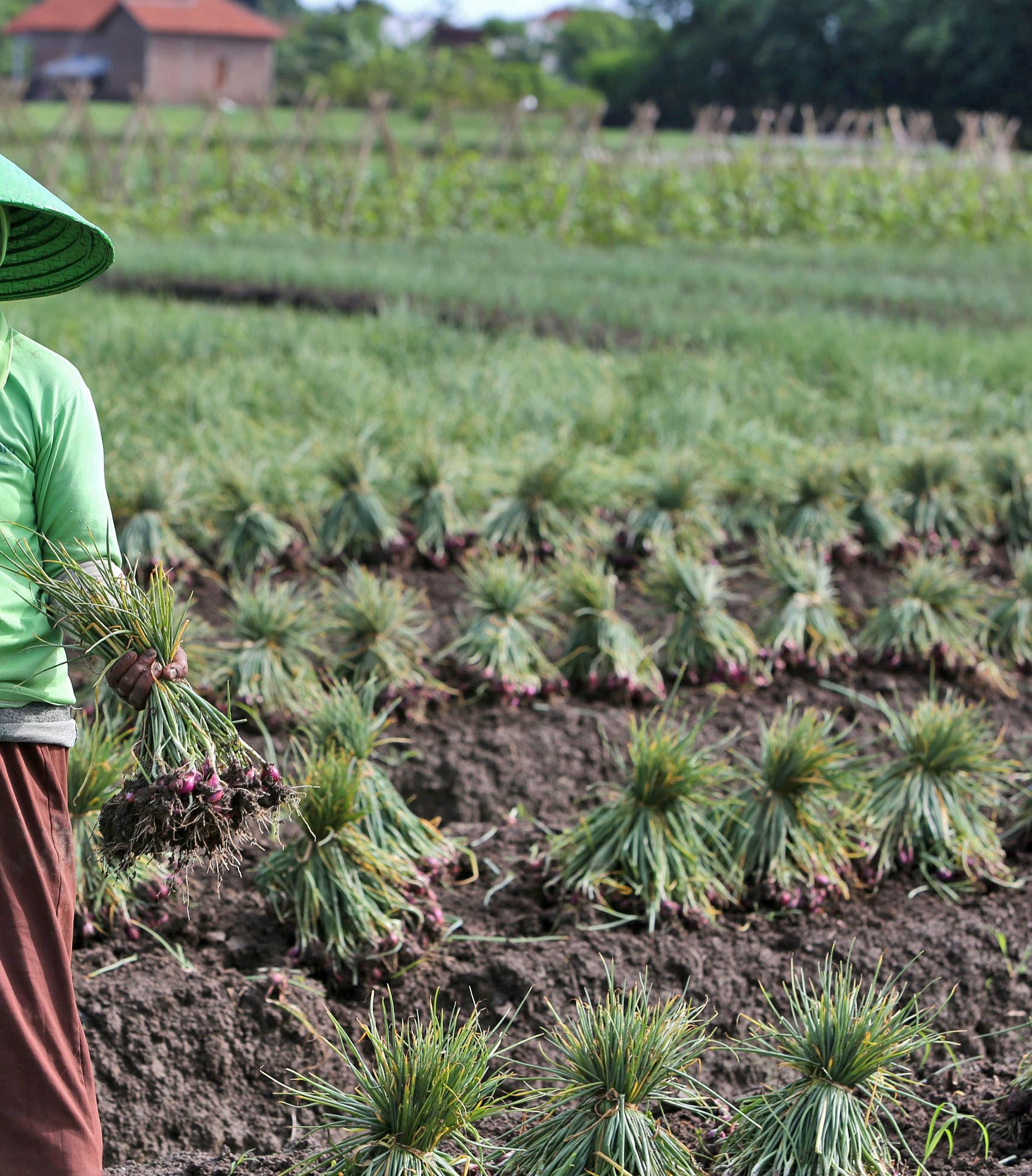PSC
U.S. Foreign Assistance: A Hand Up Rather Than a Handout In measuring success of foreign assistance projects, we need to look at the development results achieved—the sustainable capacity built—given dollars spent, rather than focusing on whether foreign assistance dollars went to international or local organizations or staff.
A key aspect of most U.S. foreign assistance is: A Hand Up Rather Than a Handout. That is, rather than simply give cash or goods directly to beneficiaries, most American foreign assistance programs aim to transfer skills, knowledge, best practices, capabilities, or institutional capacity to beneficiaries so that they can better meet their development challenges in a sustainable and ongoing way. With the important exceptions of disaster response and humanitarian relief, most assistance programs aim to improve how health systems provide medical care, to strengthen how schools provide early grade education to children, to reduce corruption in how governments manage expenditures and procurements, to increase private-sector generation of jobs and livelihoods, to overcome barriers to international trade, among countless other activities. The intended outcome
20
of most development programs is to improve how local systems function, and, in essence, to work ourselves out of a job. If one accepts this principle that the most effective, long-term foreign assistance is A Hand Up Rather Than a Handout, what matters most is how well any aid implementing partner—whether local or international—succeeds in transferring capability to the ultimate beneficiaries, i.e., where is the greatest bang for the buck? Sometimes local implementing partners may be able to successfully transfer knowledge to beneficiaries at a best-value cost, and sometimes international implementing partners such as those represented in the CIDC will be most adept at doing so, along with ensuring the required regulatory compliance and sound financial management.












